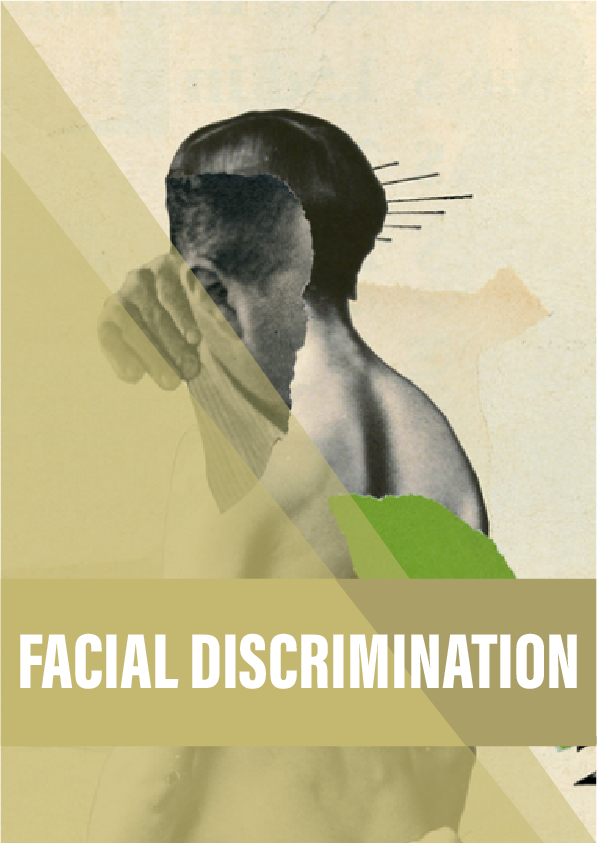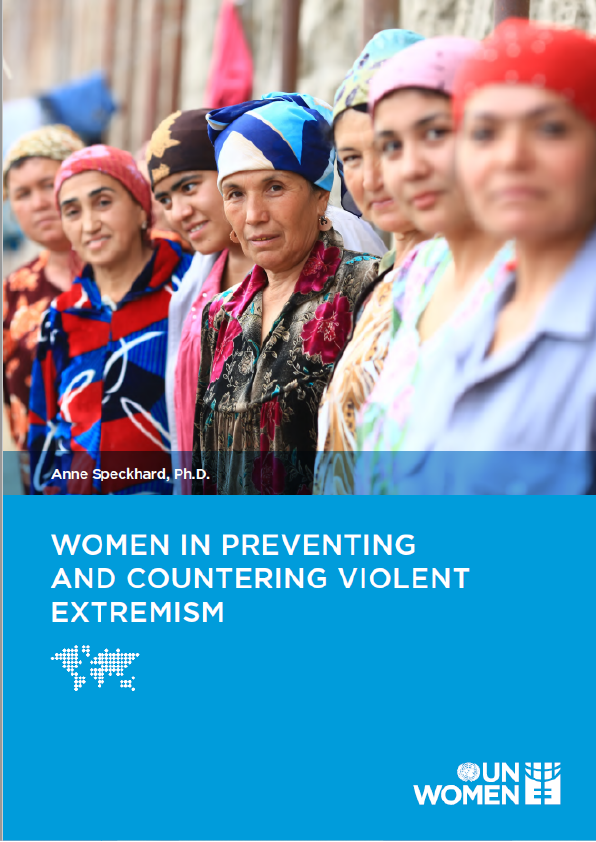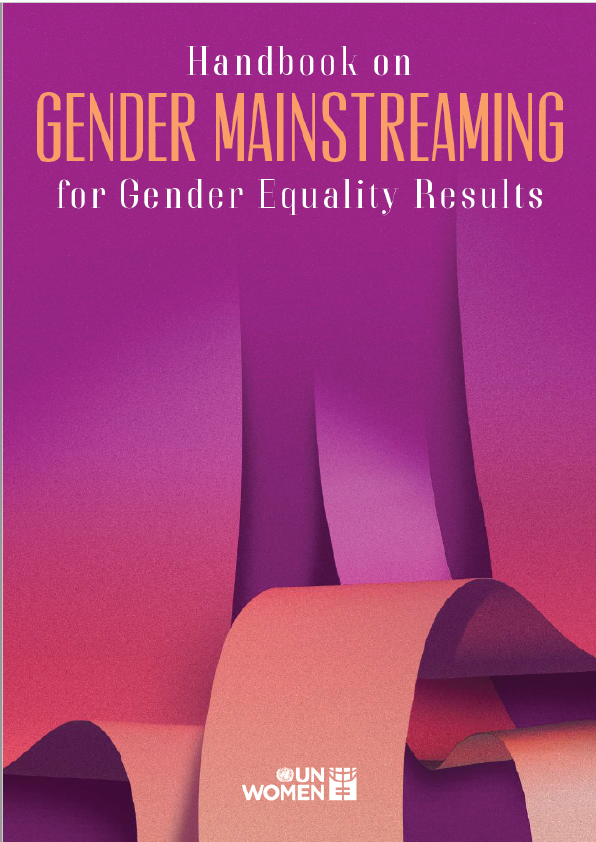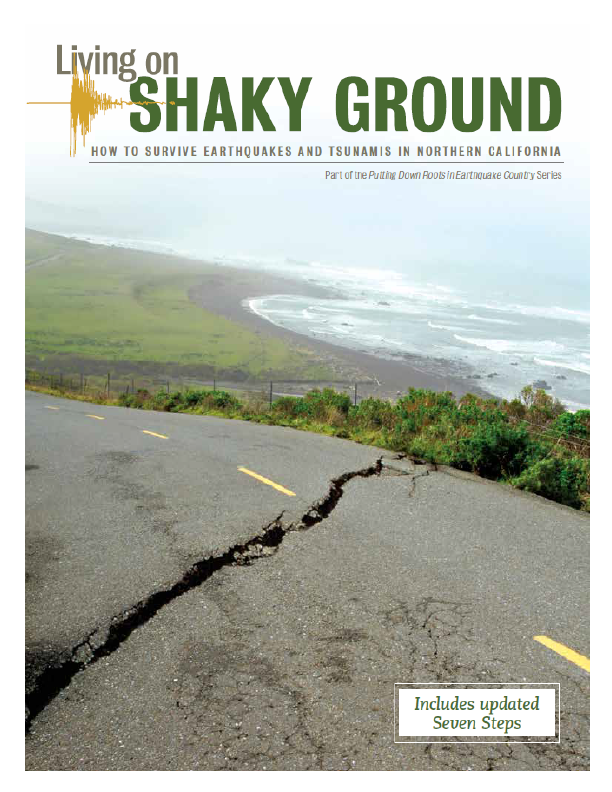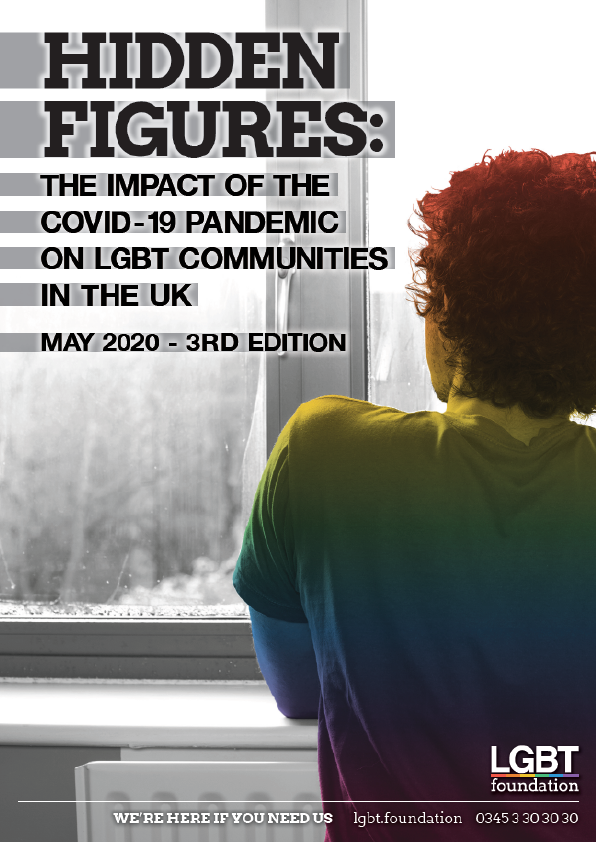In a world obsessed with beauty, living with a facial disfigurement can be hard. Neil Steinberg explores the past and present to find out what it’s like to look different.
ake your ear off for me, please,” Rosie Seelaus says to Randy James, who is sitting on a black exam chair in a special room designed for viewing colours in the Craniofacial Center on the Near West Side of Chicago.
He reaches up and detaches his right ear, which she created for him out of silicone seven years before. The ear is shabby, stained from skin oil and mottled by daily use. Viewed under various lights in the neutral, grey-walled room – daylight, incandescent, fluorescent – it remains a pasty beige.
James is a doctor with the Department of Veterans Affairs in Las Vegas – the fierce desert sunlight is also tough on his prosthetic ear. Seelaus is an anaplastologist, a clinician who sculpts artificial body parts for people who have lost them through injury or disease or, as with James, who never had them to begin with. He was born 58 years ago with Goldenhar syndrome, a genetic condition that distorts the fetal face, sometimes severely. Some children with Goldenhar, like James, are born missing an ear or part of an ear (he had only the right lobe). Some have bulging eyes, or no eyes at all. James’s jaw was undersized and skewed. He underwent 35 surgeries, including one to construct his right cheekbone using bone shaved from his ribs. He pulls up his shirt to show off slashing scars across his ribcage.
“I used to tell bullies I was mauled by a tiger at the zoo,” he says.
The first time I walked through the corridors of the Craniofacial Center, on the University of Illinois at Chicago’s medical campus, I had to sit down. Not that I was going to faint, but the immediate possibility occurred to me. So I filled a paper cup with water and carefully lowered myself into a chair.
And that was before meeting any patients. Seeing the mute plaster moulds of cleft faces, the blindly staring glass eyes and the little pyramids of false noses was enough. A baby’s hand, made of silicone, grasped at the air…….
Reference:
- Irvin Rock’s landmark paper ‘The perception of disoriented figures’ (1974), exploring why faces can be so unsettling when they are different from our expectations.
- Sander L Gilman, a scholar of body perception and culture, looks at the range of practices and motivations that inspired people to put themselves under the knife throughout the sweep of history in Making the Body Beautiful: A cultural history of sesthetic surgery (1999).
- James Patridge writes a frank and surprisingly breezy guide to being disfigured in Changing Faces: The challenge of facial disfigurement (1990).
- Umberto Eco, the Italian novelist and philosopher, follows up his History of Beauty with an encyclopedic, fascinating, lavishly illustrated account of what society considered repellent in art and literature: On Ugliness (2011).
- R J Palacio’s best-selling young adult novel about a boy who’s ordinary on the inside; critics have complained, quietly, that the story is too sanitised compared to the heartbreak of real life, but it is filled with well-drawn characters, stresses the value of kindness, and is an easy read: Wonder (2012).
- Neil Steinberg’s account of his conversation with Cynthia Cowles is based on an article he wrote in the Chicago Sun-Times, published in 1998.
- Changing Faces is a British organisation that supports and advocates for people with conditions or injuries that have affected their appearance.
- FACES – The National Craniofacial Association has, for nearly half a century, been a source of information and assistance for people with craniofacial disorders in the United States.
- The University of Illinois Craniofacial Center provides a range of services to people with facial disfigurement, from surgery to prosthetics to counselling. Through its Face the Future Foundation it also raises money to support people in need of assistance.
- AmeriFace connects those confronting the challenges of facial disfigurement with families who have experience of situations they are encountering, and holds conferences, offers information and provides a range of help.
- Project CARE, based at the Naval Medical Center in San Diego, California, reaches out to US service personnel and veterans from all military branches and offers a team approach to treating their severe facial injuries.
